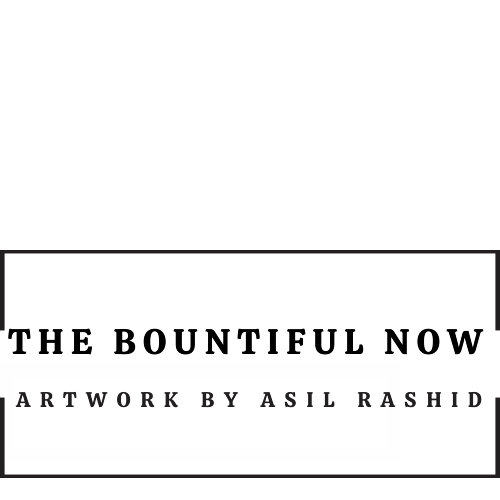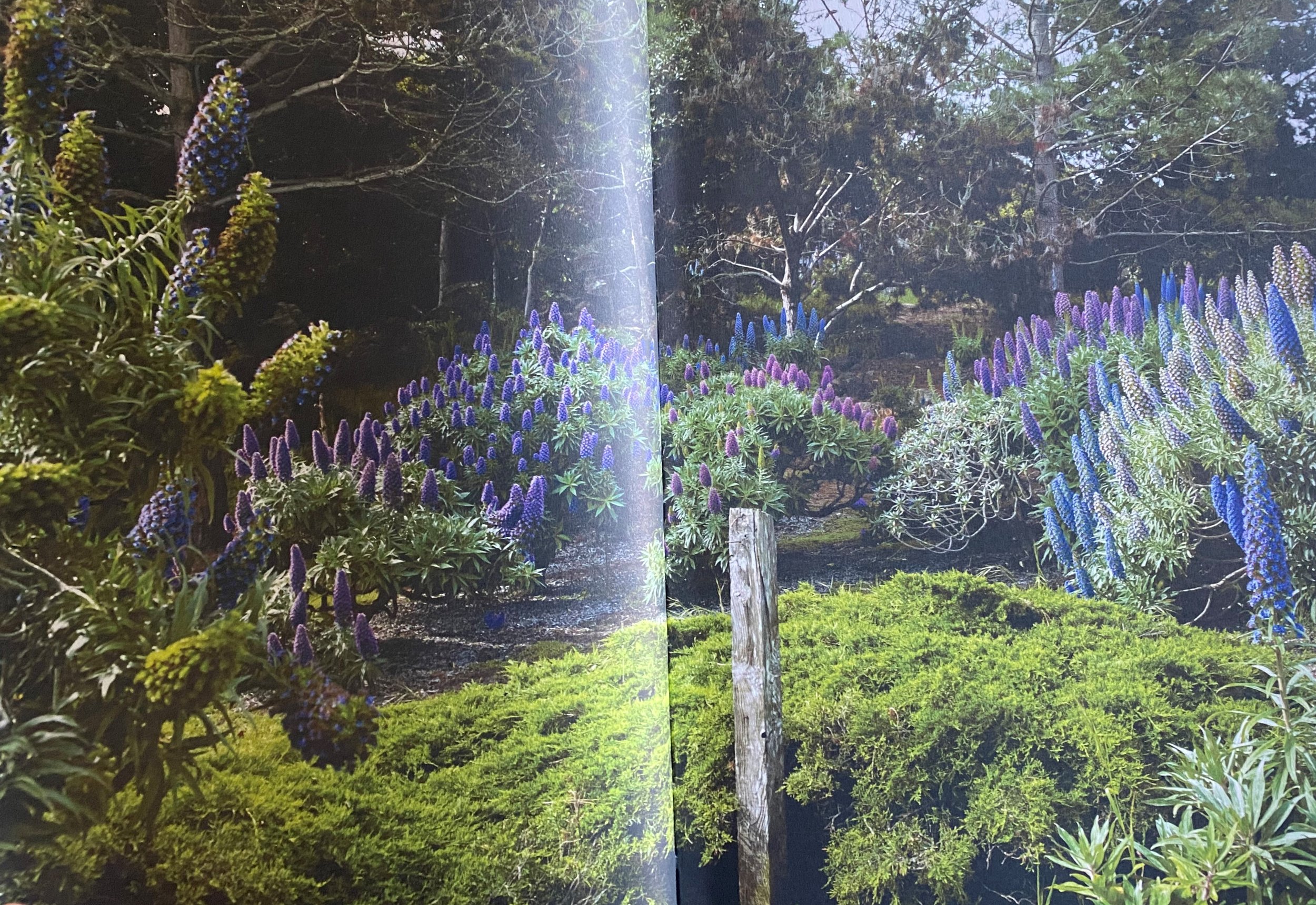A book review of Georgina Reid's "The Planthunter: Truth, Beauty, Chaos and Plants"
Originally published October 23, 2022
As my balcony garden is winding down with my cold-tolerant plants (kale, parsley, sweet peas, snapdragons) flourishing again after the heat of the summer and the last of my heat tolerant plants (morning glory, zinnias, geraniums and sweet peppers) holding on for dear life, I am reminded of the early planting months and the promise of warmer weather even as it gets colder and darker out there. After all, fall is the season of nostalgia, and slowing down after the frenzy of summer.
A few months ago when I started dreaming of and planning my garden I purchased a book I heard rave reviews of on a botanical podcast I was listening to at the time. The book is called "The Planthunter: Truth, Beauty, Chaos and Plants" by Georgina Reid. Beautifully photographed, the book discusses the transformative act of gardening and what it means to different people in different cultural contexts across the world. Reid doesn't simply describe the gardens that people have. She talks about their reasons for gardening, their motivations about the type of gardens some people choose to grow and care for. Underlining this is the main theme of caring for the earth and how the simple act of "grabbing your secateurs", or plunging your hands into the dirt or planting a few seeds instantly connects you to nature, whether the garden is an expansive, sprawling plot of land, a balcony container garden, a street garden in the urban wilds of Los Angeles or even interior one made up of houseplants.
Every gardener becomes a landscape architect, a caretaker of the Earth with the motivations for gardening spanning the spectrum from the simple joy and beauty that plants impart to being agents of change, even revolution. The book talks about lonely estate gardens in the middle of nowhere to community gardens providing a source of food to gardens as demonstrations of organic gardening methods and botanical diversity.
The book also makes an important distinction between the gardener and the horticulturist, the distinction being an artistic one. Gardening is very much a creative process, one with filled with curiosity and wonder, one where it is not only skill and botanical knowledge that is important but also the ability to aesthetically blend colors, textures and shapes together. I remember when I first started gardening in Egypt or rather tending to store bough plants in containers that I would place, in a seemingly random fashion all over my backyard. When I started painting (a pleasant surprise since I didn't think I had one artistic bone in my body), a neighbor (whose bedroom window overlooks my patio) told me she always knew I was creative because of the way I arranged by planters in the patio. I never gave much thought to the way I arranged my planters except to place them where they can get the most amount of sunlight and where I can view them through my living room French windows. But that was the creative process at work.
For some one who dives helter skelter into gardening at the beginning of each growing season with only a vague idea of the crops I want to plant, the concept of gardening as a form of artistic expression rings true for me. Especially the creative aspect of gardening, of trying my hand at growing something from seed I had not done before.
The book also touches on how gardening is a soulful act, a connector not only of communities but families as it links generations of families together and connects us to our ancestors who lived exclusively of the bounties of nature. It is a deeply personal act and a universal one at the same time, something embedded in our DNA. The garden itself becomes a sort of family, with different species of plants coexisting and sharing space, like siblings with the gardener as the parent figure tending lovingly to each plant and its unique needs: whether it be more sunlight, compost, water or simply pruning. But most of all, what gardens and children alike need, is patience and an abundance of love. As Georgina Reid writes, "A garden is not an object, it is a process. A love affair with the land."
One of my favorite quotes, however, is by Alfred Austin: "We come from the earth, we return to the earth, and in between we garden."
All images are found in the book: “The Planthunter: Truth, Beauty, Chaos and Plants” by Georgina Reid. Photography by Daniel Shipp




